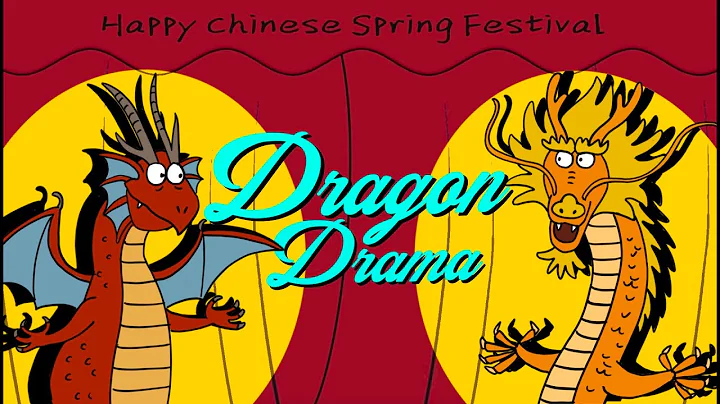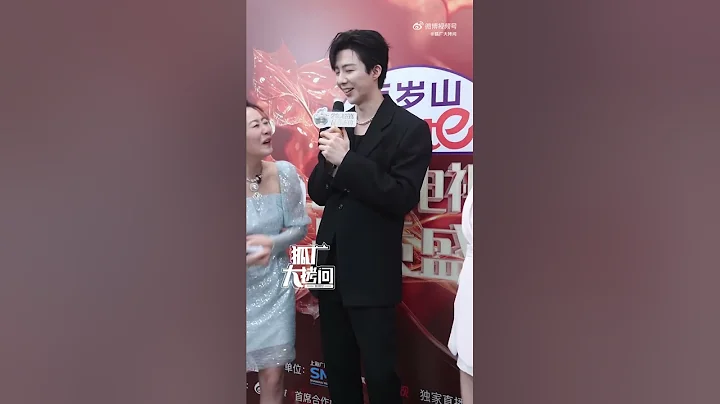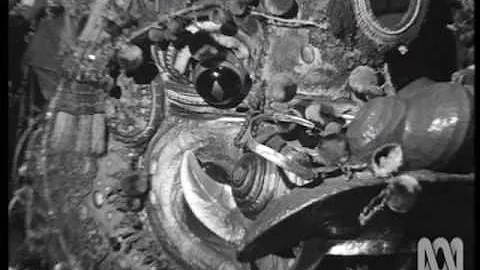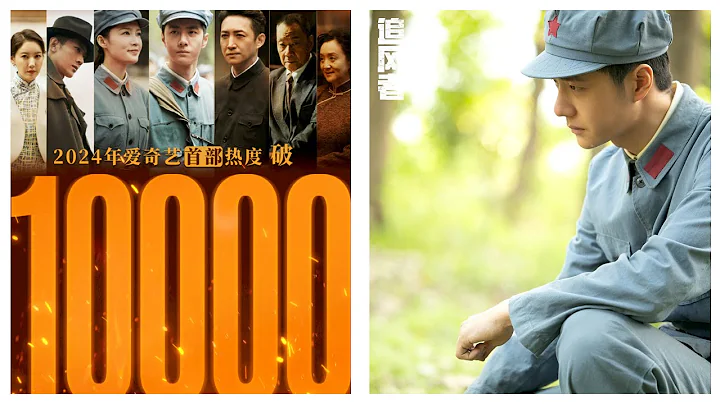Do you still remember the Oriental TV reality show " Dream Transformer " which caused fierce complaints from netizens? The topic "The Worst Design of Dream Remodeler Appeared" became a hot search topic on Weibo, with a cumulative reading of 410 million.
What happened is that two old people from Gansu spent their life savings and entrusted the program team to make their lifelong home into the look of their dreams, in order to improve their empty-nest life and make their children more willing to return to their hometown. But the house finally delivered by the designer was very different from the needs of the elderly in and , which caused an uproar on the Internet.

Picture source from the Internet, intrusion and deletion
The root of the problem is actually that the transformation of the designer and the program team is far from the client's pain points. What was renovated with RMB 1.32 million was not an ideal house for the elderly, but the designer's personal creative expression and work of brilliance. No wonder the elderly are dissatisfied, and no wonder netizens want to question: Whose home is dreaming of renovating?
Anyone who makes products knows that when a product is made, it must be used by users. Only by being able to solve user needs and accurately hit users' pain points can users be interested in using it, be willing to use it, and be willing to keep using it. If you don't have a good grasp of user psychology, and doesn't even know what users need from , then the product concepts developed and no matter how advanced the technology will fail.
In fact, the user needs in this incident are already very obvious. The designer only needs to directly design works that meet the requirements based on the requirements given by the elderly. In reality, the user needs encountered when making products may be much more complex than this. Today we will talk about how to reach the real needs of users when generating product concepts.

First of all, why add the word "real" in front of user needs? Because many times, the needs raised by users cannot be solved directly by optimization. Users only give feedback based on their own cognition. The key is how can use this feedback to dig into the user's pain points. solves this problem. Pain points can be considered as solving user needs.
is easy to understand by giving an example. When the wired telephone first came out, it quickly became an irreplaceable communication tool in people's daily activities because of its good call performance, ease of use, and low cost.
But over time, people discovered that due to the limitations of the telephone line, they could only be fixed in one position each time they answered the phone. It would be very troublesome if they were busy with other things while answering the phone. So some users suggested that it would be nice if the phone cord could be made longer so that they could move around the room freely while answering the phone.

In this example, the user's suggestion is: make the phone cord longer. However, is it the user's demand to make the phone line longer? No, the user's needs are: they want to be able to move around the room freely when answering the phone. And making the phone line longer is just a simple suggestion given by users based on their own knowledge.
If the product side directly lengthens the phone line based on this suggestion, will the problem be solved? Obviously not. Because what if after a while the user wants to be able to answer calls on the road? Should the telephone cord be made long enough to be stretched out into the street? Moreover, if the phone cord is made longer, what to do if it gets tangled together, and how to store it in daily life are all problems.
So how was this problem solved later? As everyone knows about , wireless phones were invented, which completely solved the shortcomings of space limitations of wired phones. At this point, the user's needs are satisfied.

Let’s look back and see what is the difficulty in determining whether the optimized product can meet the real needs of users? That is to distinguish between user feedback and user needs. User feedback is a manifestation of user needs, and user needs are the reasons why user feedback appears.
Generally speaking, all users give is feedback. Whether this feedback can be directly regarded as users' demand for needs to be judged by the product side. If not, then you need a method to find the real needs of users through user feedback.
This method is traceable. At the Halo Research Camp, Teacher Shaoyu taught a class specifically for "How to Mint Users' Real Needs and Generate Product Concepts" . The course mentioned three elements for mining users' real needs: asking the right questions, Ask the right people questions and filter out unworthy requests.

Based on the example of wired phones and wireless phones, let’s first talk about “asking the right questions”. How does
ask the right question? For example, at that time, the product side of the wired phone found the user and asked the user what they felt about using the wired phone. User answer: It's all very good. Unfortunately, the phone line is too short. It would be great if you could make the phone line longer.
Is this the end of the problem? Obviously not. The correct thing to do at this time is to continue to ask: Why do you want the phone line to be longer? Users may answer: because I can move around freely when I want to make a phone call.

When you ask here, you are asking about the user's needs. This method of questioning actually has a more professional name - Toyota Five Questions.
Why is it called Toyota Five Questions? When Toyota Motor former vice president Ohno Taiichi was still in office, he once discovered that the machines on a production line always stalled because the fuses burned out too easily, seriously affecting production. So the worker in charge was called in and asked:
asked: Why did the machine stop? The worker replied: Because the fuse was overloaded, it blew out.
asked: Why is it overloaded? The worker replied: Because the bearings are not lubricated enough.
asked again: Why is there not enough lubrication? Answer: Because the lubrication pump cannot absorb oil.
asked: Why can’t it absorb oil? Answer: Because the oil pump shaft is worn and loose.
asks again: Why is it worn and loose? Answer: Because the filter was not installed, iron filings and other impurities were mixed in.
In this way, through five rounds of questioning, Ohno Taiichi and the workers found the root cause of the problem and successfully solved the problem. Because there are exactly five round trips, Toyota's Five Questions are also called the " why" analysis method, and were widely used in many industries and companies later.
why" analysis method, and were widely used in many industries and companies later.

Of course, in actual operations, you may not need to ask the fifth question to get the answer, or you may need far more than five questions to get the answer, but this kind of inquiry spirit of "breaking the casserole and asking the end" is what The core of this analysis method.
At the same time, every time you ask a question, you must grasp the core point of the previous question and ask why. Only if the question is meaningful. Just like if a user feedbacks that they want the phone line to be longer, and you ask how long it should be, this is an invalid question. How to implement it is the job of the product side. The process of discovering user needs should focus on why.
Let’s take another example mentioned by Teacher Shaoyu in the course to verify the importance of discovering the real needs of users.

Such an incident once happened to Kawasaki Heavy Industries Co., Ltd., one of Japan's four major heavy industry companies. In 1973, Kawasaki released an upright jet ski. Kawasaki then conducted extensive market research to collect user feedback on the product. The survey found that many users wanted to add filling materials to both sides of the jet ski , so that it would be more comfortable when riding the jet ski while standing.
In response to this situation, Kawasaki directly upgraded this jet ski according to user suggestions.As a result, the optimized jet skis not only failed to sell well, but Kawasaki's market share was plundered by its competitors. The reason is that a competitor has developed a jet ski with a seat that allows users to sit and drive.
Through this case, we can intuitively see that the reason why Kawasaki lost in this business war was not because it failed to listen to user feedback, but because it failed to meet the real needs of users. To put it simply, the real need of users is to be more comfortable when driving a jet ski. As for whether it is standing or not, it doesn’t matter.

After hearing this, have you become clearer about distinguishing between user feedback and real user needs? If so, I believe mastering this skill will definitely help you in the process of making products in the future.
If you don’t have it, or if you are interested in other content of Teacher Shaoyu’s course “How to Mint Users’ Real Needs and Generate Product Concepts”, I recommend you go to the research camp and take a look. Teacher Shaoyu’s explanations in the course are detailed and easy to understand. I understand, I believe you will gain something.







![[ ENG SUB ] Backstage Interview #LiQin at event TV Series Quality Ceremony at Dragon TV 2024 🐉 - DayDayNews](https://i.ytimg.com/vi/ND3N_50eFso/hqdefault.jpg?sqp=-oaymwEcCOADEI4CSFXyq4qpAw4IARUAAIhCGAFwAcABBg==&rs=AOn4CLCgX7di7XhbuO-rajrn_MP6KUUrVQ)






![ENG) [몰카] 더위 타는 놈 추위 타는 놈이 한집에? 전쟁이다 ㅋㅋ 이번은 비쥬얼 부터 극강! 남극과 동남아를 왔다갔다하는 개그에 미녀두분 냉탕온탕 왔다갔다 하면서 쓰러짐 ㅋㅋ - DayDayNews](https://i.ytimg.com/vi/eTXcslMFjgI/hq720.jpg?sqp=-oaymwEcCNAFEJQDSFXyq4qpAw4IARUAAIhCGAFwAcABBg==&rs=AOn4CLDBF2LNMKJv2Bbi_Op9H-ejSkI1Wg)
![[playlist] Feeling the winter while looking out the window. - DayDayNews](https://i.ytimg.com/vi/1QaQHafF8qo/hq720.jpg?sqp=-oaymwEcCNAFEJQDSFXyq4qpAw4IARUAAIhCGAFwAcABBg==&rs=AOn4CLA1CKxbUzS-H9XTWQJKG78uX2zDkw)
![[Learn Korean Language] 4. Location, places 위치, 장소, 있습니다. 없습니다. - DayDayNews](https://i.ytimg.com/vi/9F7-qBlWQFk/hq720.jpg?sqp=-oaymwE2CNAFEJQDSFXyq4qpAygIARUAAIhCGAFwAcABBvABAfgB_gmAAtAFigIMCAAQARhJIGUoVjAP&rs=AOn4CLAiHf-AmE1KlXbl6H1awxSV3xVKtw)
![[playlist] a lover in an umbrella. - DayDayNews](https://i.ytimg.com/vi/Fbd0hn7QsQE/hq720.jpg?sqp=-oaymwEcCNAFEJQDSFXyq4qpAw4IARUAAIhCGAFwAcABBg==&rs=AOn4CLCnMMs5MqgDbrvUxGAdMmWyI2Jn1A)



